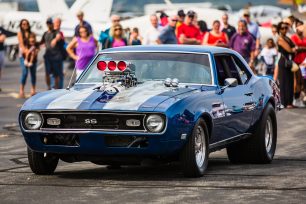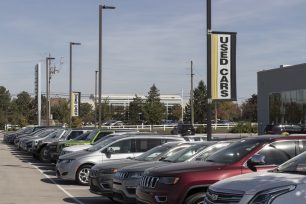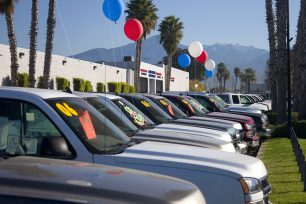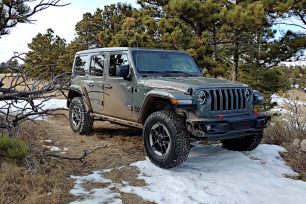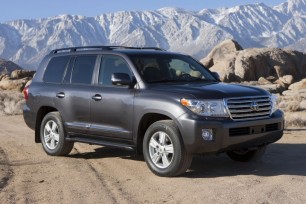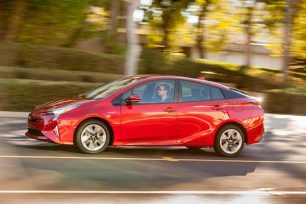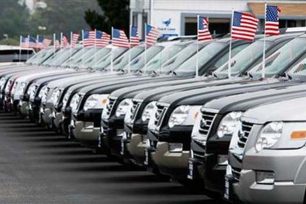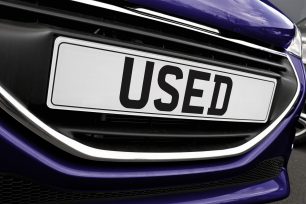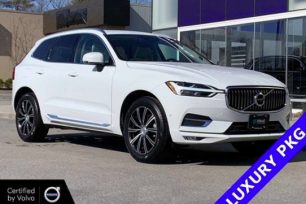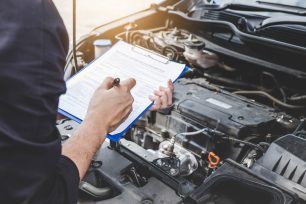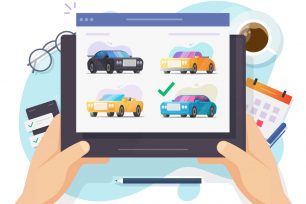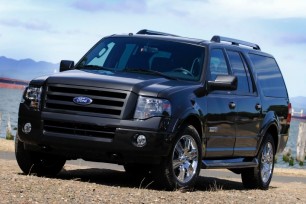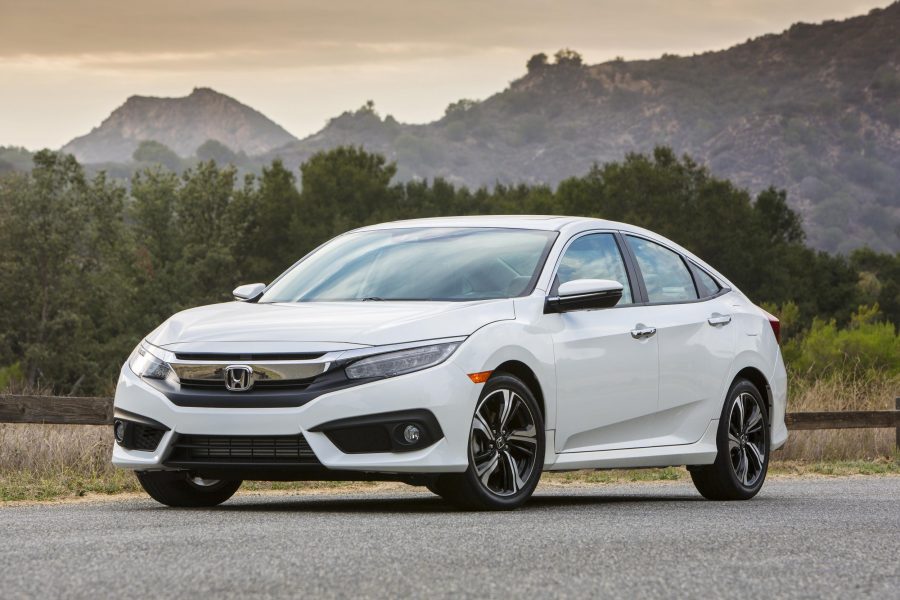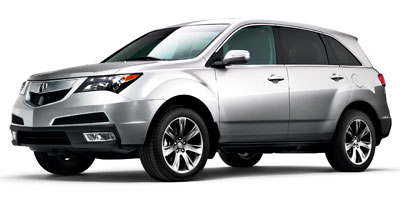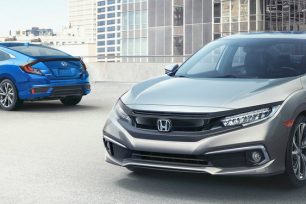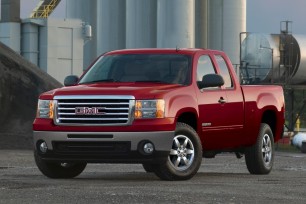One of the final steps in buying a used car is taking it for a test drive. This crucial part of the car buying process gives you a chance to see if the car is a good fit and to root out any potential problems.
The used car buying process normally starts with a visual inspection (which you can read more about here). The test drive is similar, with a small checklist of important items to watch (or feel) for during the drive.
I've been a car enthusiast my entire life and a longtime DIY mechanic who's purchased many cars, as well as a professional automotive journalist. This checklist comprises all of that expertise. Once you’ve done these tests, make notes of what you find wrong and be sure to share them with the mechanic when you take the car in for a pre-purchase inspection.
The following is a list of 14 key things car buyers should look for during a test drive, along with what any problems could mean. The dollar sign indicators ($) next to each item indicate how much the repair could cost. (You can also download a PDF of the Test-Drive Checklist and get a free Vehicle History and Analysis Report.)
Start the Car ($)
Does the car fire right up, ready to run? Does it hesitate to start? Does it not start at all? If the car starts immediately, you’re in good shape. Otherwise, this could indicate anything from a loose connection at the battery or solenoid to a problem with spark plugs or fuel delivery. Most of the time, if a car starts (even if hesitant to do so), the problem is relatively simple and easy to fix. A car that won’t start at all may have multiple issues and should probably be avoided.
Turn Off the Radio
Turning off the radio allows you to hear the vehicle and what it’s doing. So after you’ve started it and before you start driving, turn off the radio.
Listen for Unusual Sounds ($-$$$)
Before shifting into gear, listen for unusual sounds from the car. These could include clunking, whining, grinding or squeaking. A chatter in the engine could indicate bad valves, for example, or a squealing could indicate a loose accessory belt. Grinding noises are never good and could indicate any of a number of serious problems. If you hear a sound, leave the car in park and get out and try to narrow down where the sound is coming from. This may give you a better idea of what the problem is.
Test the Brakes ($$)
At the beginning of the test drive, press the brakes before entering public streets. Make sure the pedal is not mushy and that the brakes respond quickly. With the window down, you shouldn’t hear any grinding or squeaking from the brakes. Once out driving, test the brakes at stop signs and lights from moderate speeds to see if any of those sounds occur. Grinding or squeaking can indicate bad brake pads or rotors/drums that require replacement. This can be costly if more than one wheel requires rotor or drum replacement.
Check for Vibrations When Braking ($$)
If the car vibrates when the brakes are pressed from moderate speeds, that may mean that the rotors are worn or warped. This reinforces problems above, but it is possible to have vibration from the brakes and not have squealing or grinding. As above, this is often a relatively costly repair, but not one that necessarily means the car is not worth buying. It may be a bargaining point.
Brake Hard ($$)
Finally, once it’s established that the brakes work well enough, an abrupt stop finishes the testing of the car’s most important safety mechanism. Warn those in the car about what you’re about to do, of course. When you abruptly brake, you should feel the brakes grab and respond quickly. There should not be any grinding or loud squealing (other than from the tires). The seat belts should lock, holding shoulders upright. Any problems here are likely similar to the above problems in braking and need to be addressed ASAP.
Check for Vibrations When Driving ($-$$)
If the car vibrates at any speed, especially with steering or as a continual “wobble,” any of a number of problems could be going on. Vibration at moderate and high speeds, continually, usually indicates wheel alignment problems or tire balance issues. These are relatively cheap fixes requiring the wheels be re-aligned or a tire be re-balanced. Tire imbalance is usually most noticeable at low speeds whereas alignment issues are most noticeable at higher speeds.
Vibration that is accompanied by sounds, such as clunking or grinding, indicate much more serious issues that are going to be costly fixes. This can indicate axle, bearing or other problems.
Check Alignment ($$)
In a parking lot, if you suspect alignment issues, drive straight and let go of the steering wheel and see if the car drifts to one side or another. If there is no apparent grade (slant) to the lot’s pavement, the car may be out of alignment. Looking at the tires, once parked, may give an indication of alignment issues if there are higher amounts of wear on the inside or outside of the front tires.
Do a Full-Turn Test ($$$)
While you're still in the parking lot, do full-turn tests. Turn the wheel all the way to the left and to the right, turning the vehicle in a circle, half-circle or whatever there is room for. If there is a lot of resistance to turning the wheel, there may be power steering issues. If the wheel turns but makes grinding, clicking or similar sounds, there could be issues with joints. Clicking, especially, indicates problems with the constant velocity (CV) joints and grinding usually indicates an issue with ball joints. Any of these issues is likely an expensive repair.
Drive Over Bumps ($$)
Drive over moderate bumps, such as speed bumps or small potholes, and see how the car reacts. If it smooths out the impact and makes little noise doing so, the suspension and chassis are in good shape. If there is excessive bounce or the car “bottoms out” during these low-speed impacts, the shock absorbers may need to be replaced.
Drive On the Highway ($$$)
Taking the car up to speed and into highway speeds (over 55 mph) is another important test. Pay attention to how the transmission shifts and feels, whether the vehicle seems to struggle at any point to keep accelerating or to shift into any gear, and if there are whining or other noises coming from the transmission or the engine. Any indication of struggles to get up to highway speeds could indicate engine or transmission problems and most fixes are likely expensive or indicate a more serious problem is coming soon.
Drive on the Highway ($$)
Once up to highway speeds, cruise along and make note of any vibrations or vehicle drifting. If the car pulls to one side or another or has wobbling or bounce issues at speed, it likely has suspension problems. These could be expensive to repair, but like alignment and suspension problems listed above, they are probably not deal breakers if a mechanic finds them to be simple fixes.
Check the Cruise Control ($$)
Finally, test the cruise control and make sure it works. If it doesn't, this could indicate other computer issues or it could just mean that the controls for the cruise control are not working. The problem could be as simple as a short in the wiring or as complex as a module replacement. Electrical problems like this are usually expensive to diagnose and repair.
Get a Free VIN Check & Report
If you didn't do it after visually inspecting the car, go to www.iseecars.com/vin to get a free comprehensive report that instantly shows the vehicle’s market value, price and listing history, projected depreciation, objective dealer ratings and much more, including resources to get vehicle history, recall and theft info.
More Car-Buying Resources For You:
- Free Vehicle History and Analysis Report for any used car
- Free Used Car Inspection Checklist
- Free Car Test-Drive Checklist











